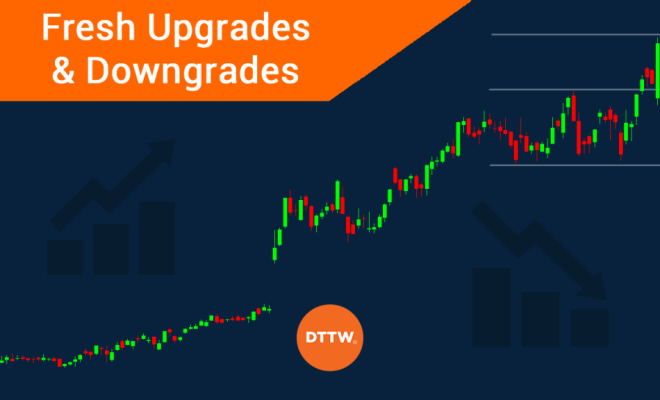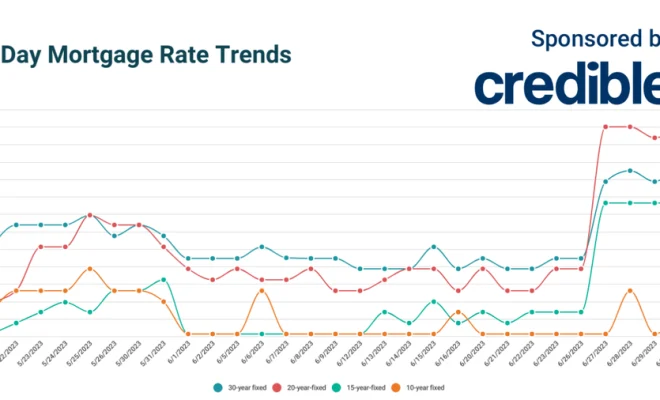What Are Stock Upgrades & Downgrades?

Introduction
In the world of investing, stock upgrades and downgrades are essential factors that influence an investor’s decisions. These are assessments made by financial market analysts who scrutinize different aspects of a company’s stock and its potential growth. This article discusses what stock upgrades and downgrades are and how they play a significant role in the stock market.
Defining Stock Upgrades & Downgrades
Stock upgrades occur when a professional analyst changes their recommendation for a particular stock – often from “neutral” or “underperform” to “buy” or “outperform.” This change is generally the result of improved performance, higher-than-expected earnings, or positive changes in the company’s operations or industry.
Stock downgrades, on the other hand, occur when an analyst changes their recommendation from “buy” or “outperform” to “neutral” or “underperform.” This may be due to disappointing earnings, slow growth, increased competition, or negative changes within a company or its industry.
Simply put, a stock upgrade signifies positive developments in a company’s performance while a downgrade implies that things might not be going as well as anticipated.
What Influences Upgrades & Downgrades?
Numerous factors can influence analysts’ decisions and lead to changes in their recommendations. The following are some common factors that provoke stock upgrades and downgrades:
1. Financial performance: Strong quarterly earnings results can lead to an upgrade, while weaker numbers may cause a downgrade.
2. Industry trends: Changes in conditions within a company’s sector may have either an adverse or favorable impact on its stock price. For example, new regulations might hinder growth in one area while promoting growth in another.
3. Competition: A company that gains a competitive edge over rivals can be subject to an upgrade, while increasing competitive pressures could lead to downgrades.
4. Management changes: Any changes at the executive level can have an impact on recommendations. The appointment of a renowned CEO can be grounds for an upgrade, while the loss of top management may result in a downgrade.
5. Macro-economic factors: Economic indicators, such as unemployment rates and interest rate fluctuations, significantly influence business growth prospects and can affect stock ratings.
How Do Upgrades & Downgrades Affect Investors?
Stock upgrades and downgrades have a direct influence on investor sentiment and typically impact a stock’s price. When analysts upgrade a stock, it often leads to increased buy-side demand for that position, driving up its price. Conversely, downgrades can lead to selling pressure and price declines.
Investors use this analysis to stay abreast of industry trends and potential trading opportunities. It is essential to remember that upgrades and downgrades are opinions based on research by analysts who have varying levels of expertise. While they are an essential tool for investors, smart decision-making ultimately requires due diligence and evaluating multiple sources of information.
Conclusion
Stock upgrades and downgrades play a defining role in deciding the attractiveness or lack thereof for an investment. By understanding how these assessments work and their impact on stock prices, investors are better equipped to make informed investment decisions based on their risk tolerance and long-term objectives. Always remember to take these recommendations with a grain of salt, do your research, consult multiple sources, and develop your trading strategy accordingly.






